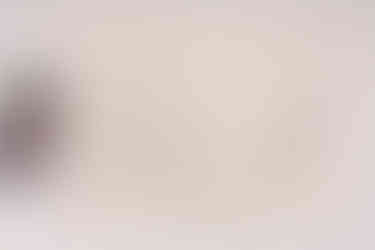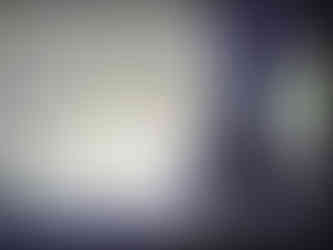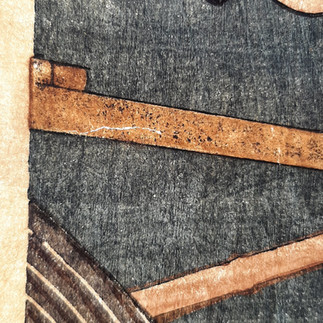A look at Japanese print pigments under XRF
- Fenna Engelke
- Jun 8, 2021
- 4 min read
Updated: Jul 20, 2023
As part of my current work placement at the Rijksmuseum, I've been able to work with a group of Japanese prints as well as a Japanese printed book. As part of this endeavor, I was lucky enough to get a two-hour session with the XRF to look more into some of the pigments used in the objects I'm working on. This post summarizes some of the results we found. Note that this was not a serious in-depth session but rather a way to learn more about pigments found in Japanese prints and to gain more experience using the XRF. All work was done under the supervision of Dominika Wojciechowska.
1744, Printed book, Ehin Nezame gusa (Picture book of sources of fitful walking); Part 3
The book I'm currently working on was found to have some areas which were colored in, though the color had faded quite a bit. While it currently looks yellow, it is likely that it had once been a green color by the fact that areas on pages 10 and 11 have leaves colored in.
Testing on page 10, we took spectra from the paper, the black ink, and the colored areas. XRF testing, however, did not show any significant differences in the results for the colored area. We had suspected a plant based pigment going into this so the lack of result supports this as a possibility though we can't draw any final conclusions.
1843-1846, Utagawa Yoshitsuya
Dated to 1843-46, this print by Utagawa Yoshitsuya「歌川 芳艶」(also known as Ichieisai Yoshitsuya 「一英斎 芳艶」 as is seen in the print), featuring the kabuki actor Nakamura Shikan IV (1830-1899).
Of the group of prints that I am working on, this print was the earliest printed. Although it was still a large time difference, we took this with us as a possible comparison to the book. On this print we tested the paper and then the areas of yellow, two red areas (one sample from the lips, one from the title strip) and three of the blues (the general background blue, the light blue, and the deeper blue seen in the bottom right corner).
The blue which is seen throughout the print, of medium darkness, showed lead in the spectra. The light blue also showed a small amount of lead but in a smaller amount. The final deep blue seen in the corner of the print shows no lead but rather a high amount or iron, perhaps similar to Prussian blue in iron content. A search through literature confirms the use of Prussian blue in Japanese prints during this time period.[1]
Both reds tested are likely to be the same pigment. Both spectra show a peak of iron.
The yellow, when compared to the spectra of the paper, shows a higher iron, calcium, and zinc content.
1898, Kunichika Toyohara, Ichikawa Danjuro Engei Hyakuban - Taira no Tomomori
This print had peeked my interest when I first saw it due to the strange coloration effect seen on the clothing pattern in this print. The odd brown color had migrated through to the other side of the paper. There was also a bit of an offset of the pattern, as if it had been in a stack of similar prints and discolored. Additionally, the color seemed odd for the print and so I suspected that it had looked different when it was originally printed.
When viewed under XRF the spectra came back with a peek for tin! This was exciting for me as it echoes some of the literature I had read on Japanese print pigments, which said that while most silver layers in prints are made from zinc-rich brass[2], there were some prints which showed the use of tin as a pigment to create a silver color.[3]
Some research shows that other institutions also own copies of this print and it appears that some copies do not show the same kind of discoloration of the tin that we see in this one.[4] While it cannot be completely known what cause the discoloration, it could be that either previous storage environment or the binder used could have played a part in the browning of the tin pigments.
1890, Utagawa Yoshiiku, Satsukibare Ueno asakaze
This print from Utagawa Yoshiiku 「歌川 芳幾」 (Also known as Ochiai Yoshiiku「落合 芳幾」) dates from 1890 and is titled Satsukibare Ueno asakaze 「皐月晴上野朝風」, named after a play of the same name.
We didn't have the time to look into this one more in depth but we chose it because I had noticed right away that a previous owner had reinforced parts of the back of the print. However, the only area that was reinforced was the areas in the image where there were swords.
XRF confirmed what we had suspected, that the pigment used on the swords was copper containing and was possibly reinforced when the previous owner realized the fact and wanted to fix or prevent any loss or degradation to the print. While I hadn't seen any pigment-related damage at first glance, a closer look on a light table shows areas where cracks have formed. Additionally, the verso of the second image in the triptych shows discoloration from the print that had been stored below it.
References
Bibliography










































Comentarios